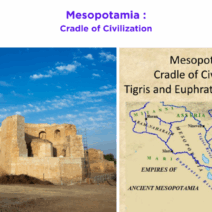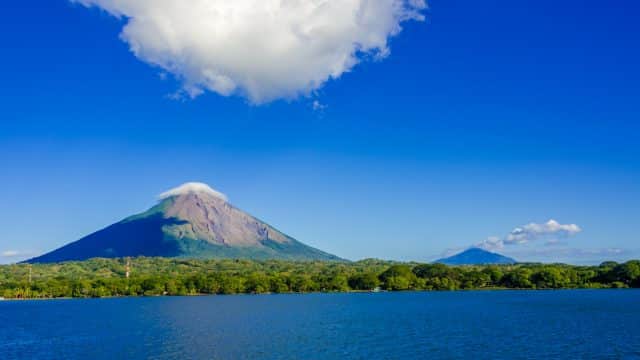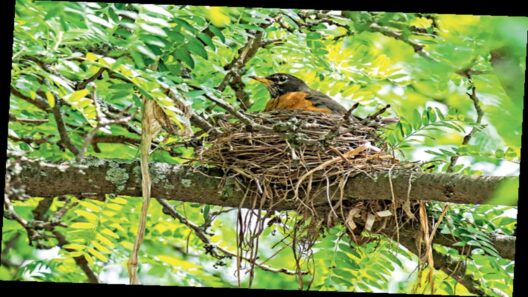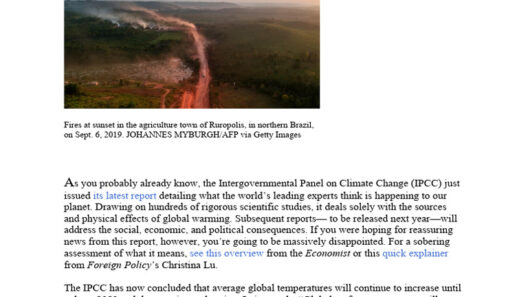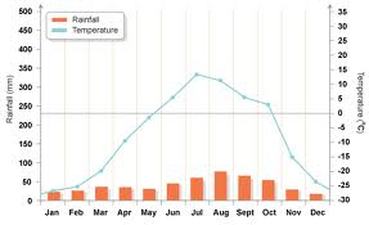Nicaragua, the largest country in Central America, is endowed with a wealth of natural beauty and ecological diversity, making its climate as intriguing as it is vital to understand. The climate in Nicaragua is predominantly tropical, characterized by its warm temperatures and alternating wet and dry seasons. This uniqueness not only influences local life but also plays a significant role in the broader climate dialogue, especially concerning climate change and its repercussions.
In general, Nicaragua experiences a tropical climate, which can be categorized into two primary seasons: the dry season and the rainy season. The dry season typically runs from November to April, while the rainy season lasts from May to October. However, these seasons are not uniformly experienced across the country. Variations in topography, such as mountains and lakes, contribute to microclimates, offering different weather experiences even within short distances.
The dry season, often celebrated for its sunny days and lower humidity, makes it a popular time for tourists. Temperatures during these months can soar, particularly in the lowland areas, often reaching the high 80s to mid-90s Fahrenheit (approximately 30-35 degrees Celsius). The Pacific coastal regions and the central plains can be particularly hot. Yet, the mornings and evenings tend to be more temperate, providing some relief to the heat of the day.
The dry season is not devoid of challenges. Prolonged periods of drought can have adverse effects on agriculture, forcing farmers to adapt to unpredictable rainfall patterns. Vegetation may suffer, ecosystems may face stress, and water sources become limited—all of which are exacerbated by global climate change. This highlights the need for sustainable practices and conservation efforts to safeguard Nicaragua’s natural resources.
Transitioning into the rainy season, Nicaragua undergoes a significant transformation. The rains, primarily concentrated in the afternoons, are a vital lifeline for agriculture. This season nourishes coffee plants, sugarcane fields, and the forests that shelter diverse wildlife. Average rainfall can exceed 100 inches (2,500 mm) in some areas. The humid atmosphere dramatically alters the landscape, making it lush and vibrant. The famous “green season” is a spectacle of nature’s renewal, yet it can also pose challenges such as flooding and landslides, particularly in vulnerable communities.
The northeastern portion of Nicaragua, known as the Mosquito Coast, experiences a slightly different pattern. This region is notoriously humid and receives even more rainfall than the rest of the country, featuring a tropical rainforest climate. The dense foliage, teeming with biodiversity, supports myriad species, some of which are endemic to the region. Although the lush environment is enchanting, the unpredictability of tropical storms can disrupt daily life and pose threats to safety.
Moreover, it is important to consider the effects of climate change on Nicaragua’s climate patterns. As the global temperature rises, countries like Nicaragua may face more intense and erratic weather conditions. Observed trends indicate that Guatemala and Nicaragua are experiencing fluctuating rainfall patterns and increasing temperatures, which can jeopardize food security and biodiversity. Implementing adaptive strategies—such as improved water management systems and sustainable agriculture techniques—could mitigate some of these adverse effects.
Furthermore, understanding the climatic conditions in Nicaragua offers insights into the potential impacts on local communities. The heavy rainfall during the rainy season can lead to increased risks of vector-borne diseases such as dengue fever and Zika virus. This highlights a critical intersection of climate and public health, underscoring how shifts in climate patterns can alter disease dynamics, challenging healthcare systems.
For those interested in visiting Nicaragua, awareness of the climate is essential—not just for personal comfort but also for an appreciation of the environmental dynamics at play. Engaging in ecotourism can foster a deeper connection to the local environment and promote conservation. The country is home to numerous national parks, volcanic landscapes, and beautiful coastlines that flourish due to its unique climate. The climate not only shapes the geography but also affects the cultural practices, food systems, and livelihoods of the people living there.
Nicaragua’s unique climate, with its dynamic interplay of tropical warmth and seasonal rainfall, invites innumerable experiences—from surfing on the Pacific coast during dry months to trekking through cloud forests at their greenest. Both tourists and locals can benefit from shifting perspectives and recognizing the importance of climate variability and sustainability. Understanding the climate encourages proactive involvement in conservation efforts while fostering a greater appreciation for the ecosystems that define this stunning country.
As we grapple with the challenges posed by climate change globally, it becomes essential to examine regions like Nicaragua. The effects of climate are not merely scientific data but lived experiences for communities and ecosystems alike. By looking closely at the climate of Nicaragua, one can find not only beauty and adventure but also a clarion call for sustainable and responsible stewardship of our planet. The time to act is now, and it starts with understanding the climate challenges that face us all.
